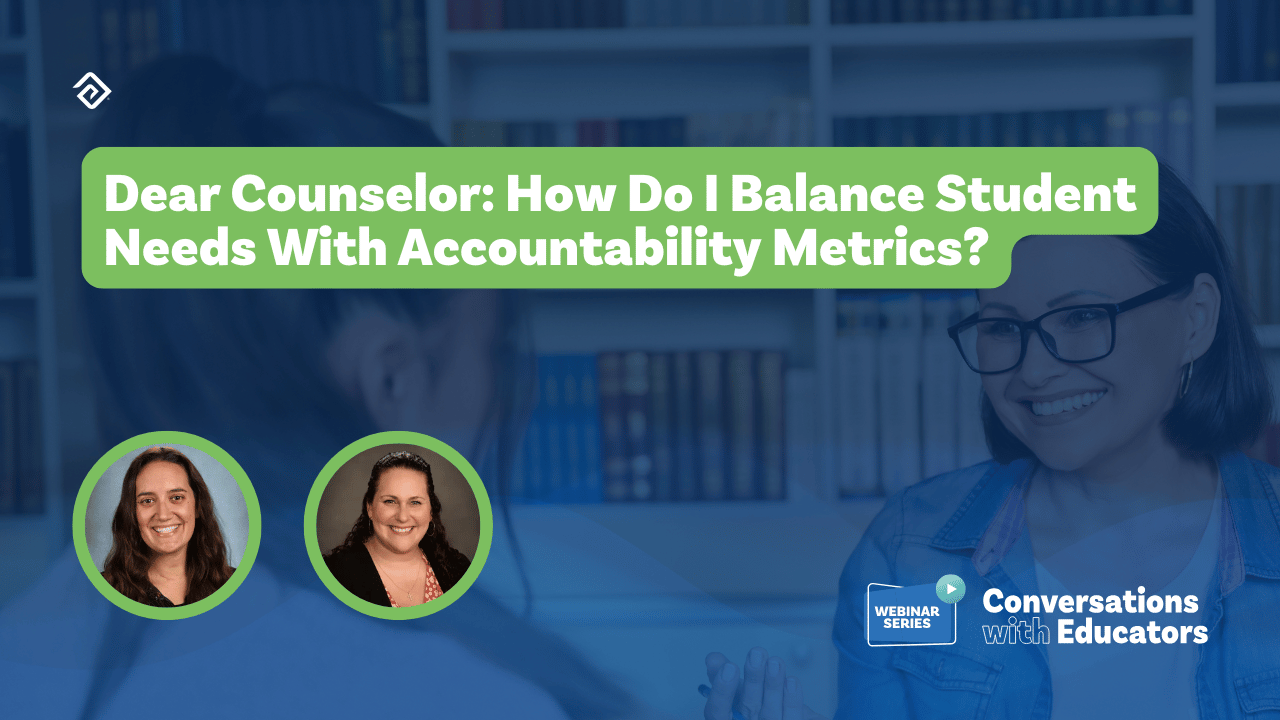Ensuring Vertical Alignment for a Personalized, Equitable Curriculum
The curriculum design process is a daunting one, filled with challenges and complexities that can have a direct impact on student learning if not addressed. Fortunately, the reward for taking on this task is a district full of students who are all learning at high levels with teachers who are comfortable and confident in their instructional offerings.
When taking on the task of building a guaranteed and viable curriculum, it is not enough to simply think about individual grade levels or classrooms. Known as horizontal alignment, this work is important but cannot stand alone. We must also be very intentional about how each grade level and course builds upon and into the courses that precede and follow it. This vertical alignment is the big picture – the “forest” to the trees, if you will.

The most successful districts take vertical alignment beyond simply making sure standards lead into one another from grade to grade. They encourage teacher conversations around the content and the goals of the content, helping teachers to understand not just what is taught in other grades, but how it is taught as well. Common best practices and vocabulary become just as important in these conversations as the standards.
When looking at aligning the curriculum vertically, several things should be considered:
- Building these curricular reports by hand will be difficult. Curriculum writers should be provided with a common curriculum template along with the necessary tools to efficiently build the curriculum that will guide their courses.
- Vertical alignment meetings should be guided by focus questions decided upon ahead of time with results of those conversations recorded in a common format.
- Assure that the alignment guarantees that standards are taught equitably and with fidelity across the district, while also allowing for the uniqueness of each school and teacher to shine through.
- Make curriculum a living document to be revised on a set schedule over multiple years. Pick certain subjects, courses, or even topics to address each year. In many cases, less is more.
Finally, curriculum leaders must monitor the curriculum building process, including the levels to which standards are being covered in their curriculum. Tools like Education Advanced, Inc.’s Embarc platform allow curriculum leaders to see when, where, and how each standard is covered in their district, with reports highlighting gaps that need to be addressed. This tool also provides a simple intuitive platform for curriculum entry that is customizable to every district’s unique needs.
Vertical alignment is a major step in the quest for a personalized yet equitable curriculum that will guarantee all students learn at high levels. It also encourages teacher collaboration and joint efforts to improve the district as a whole. Building a culture that embraces continual curriculum improvement both horizontally and vertically while giving educators efficient and effective tools to build that curriculum are signs of a great district that puts learning first.


More Great Content
We know you'll love



